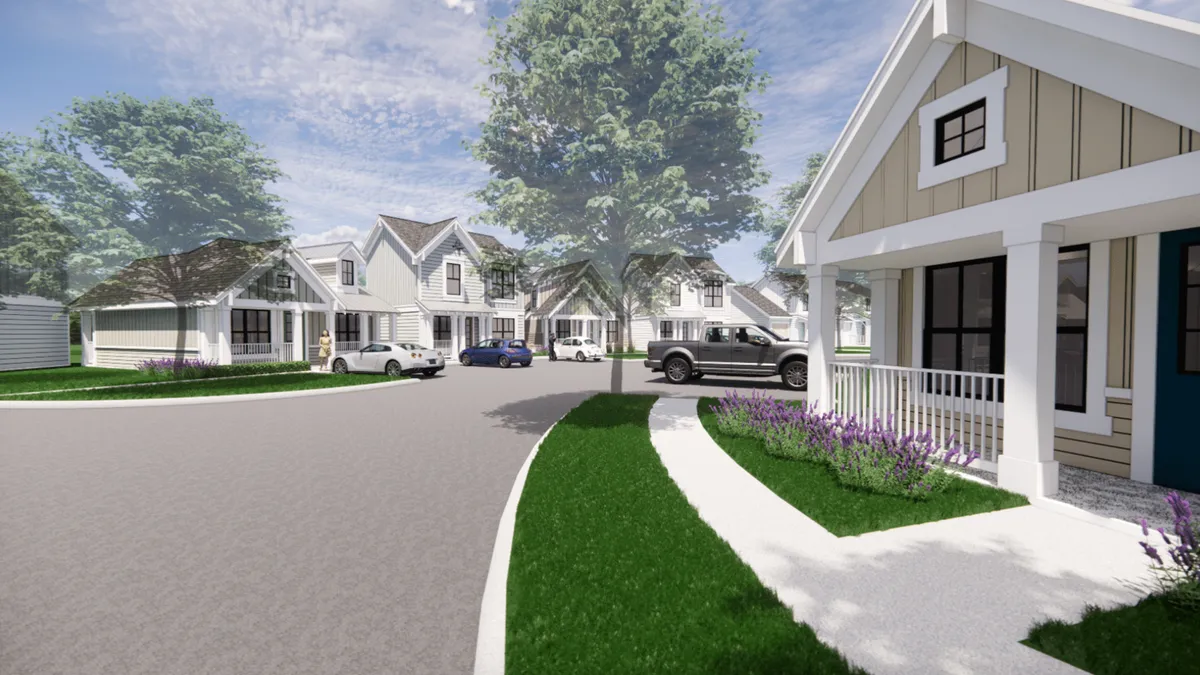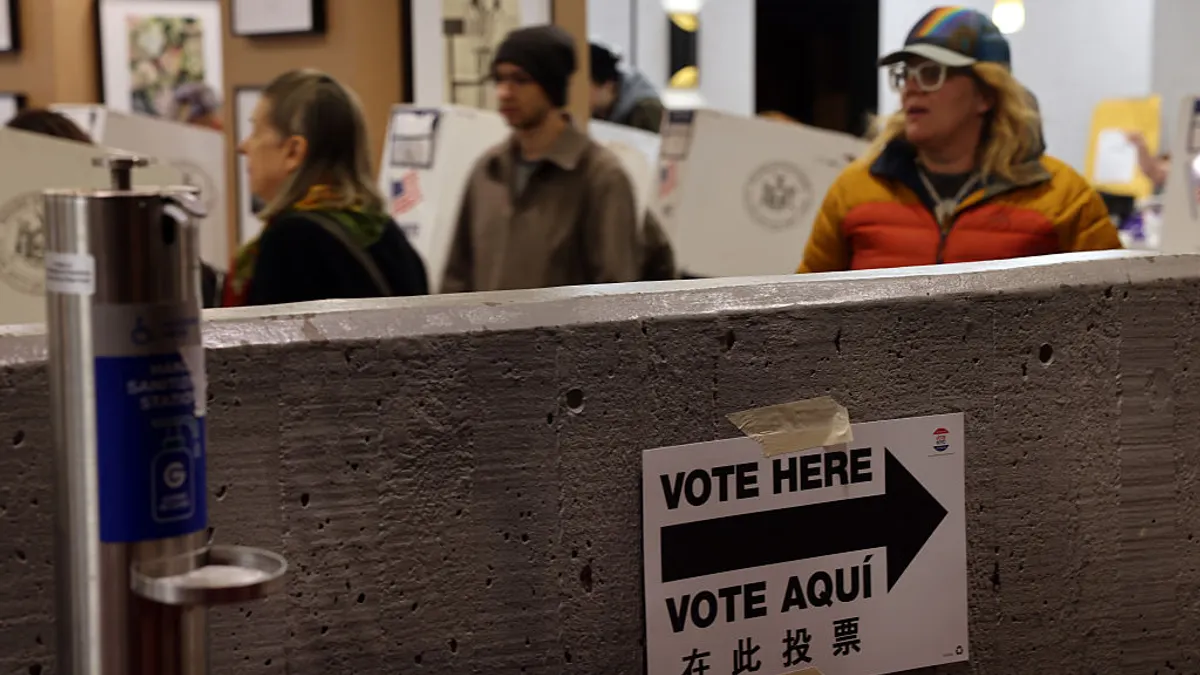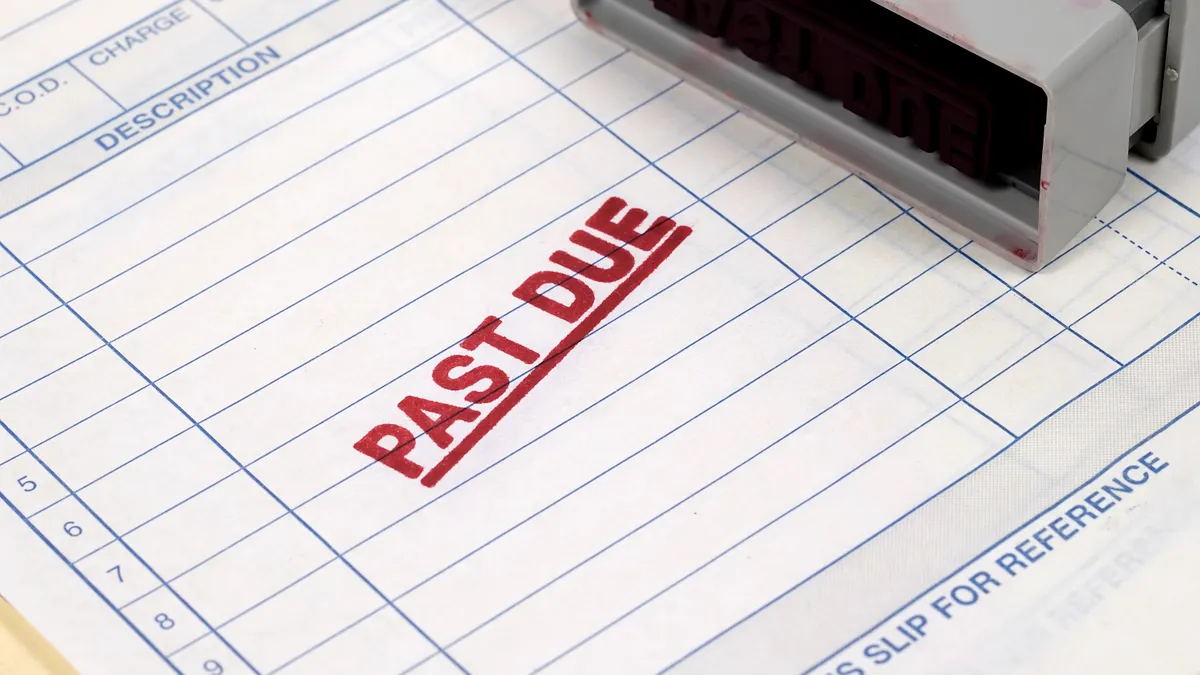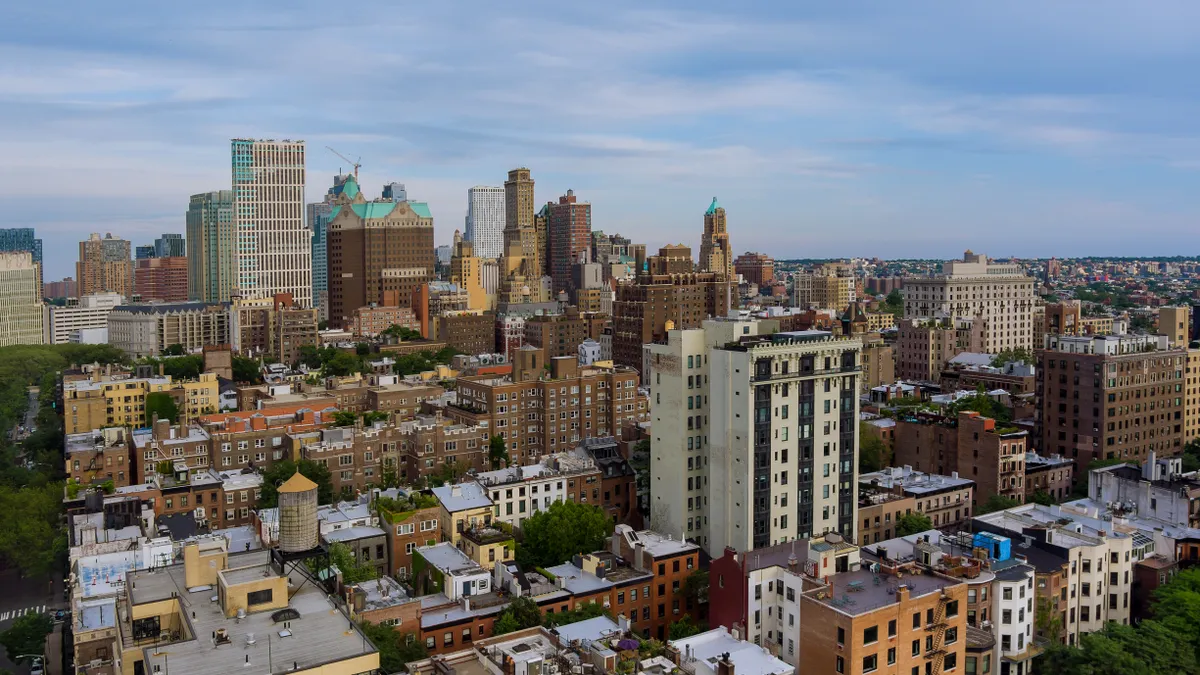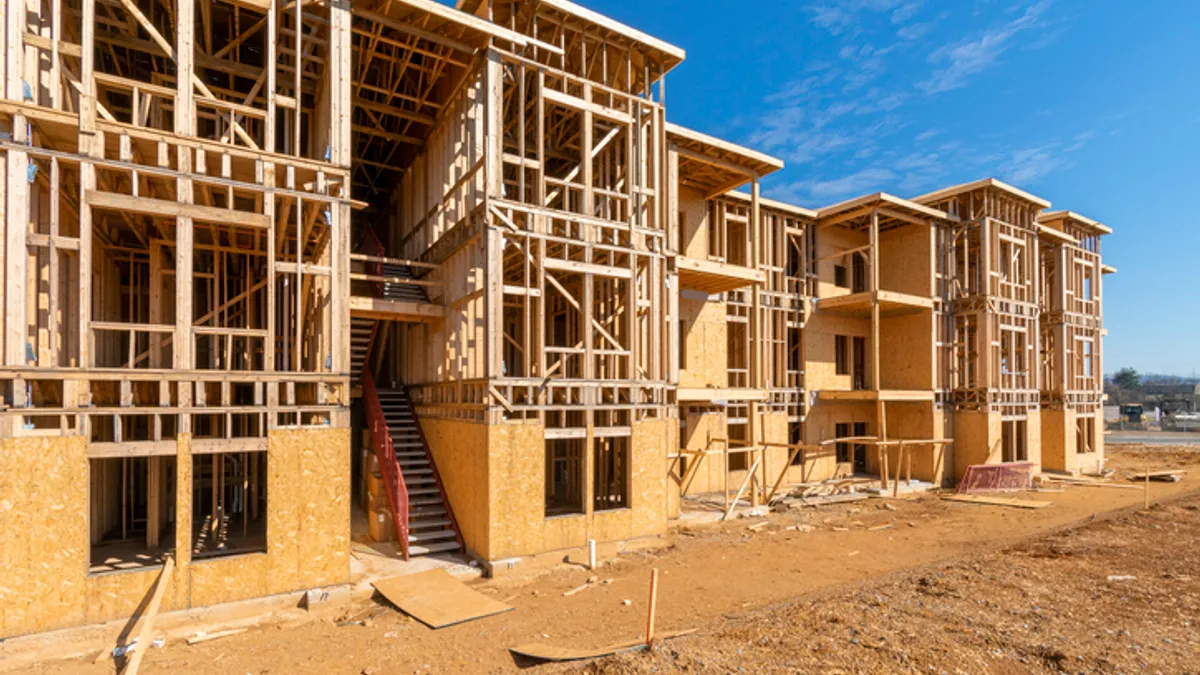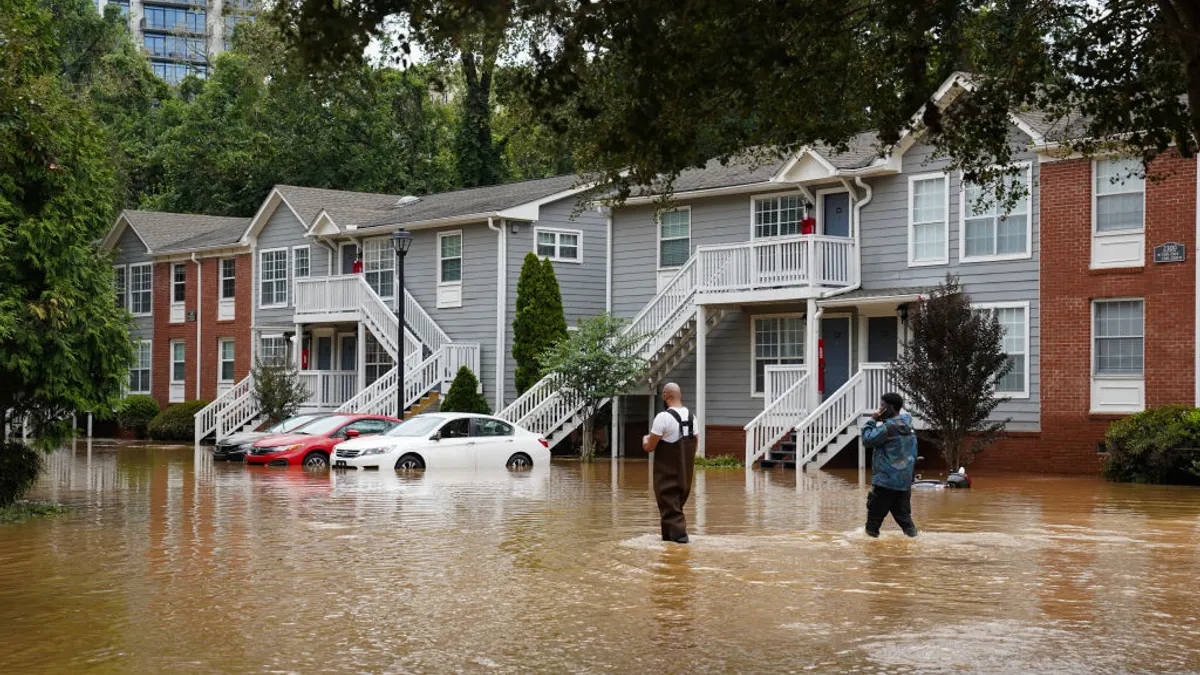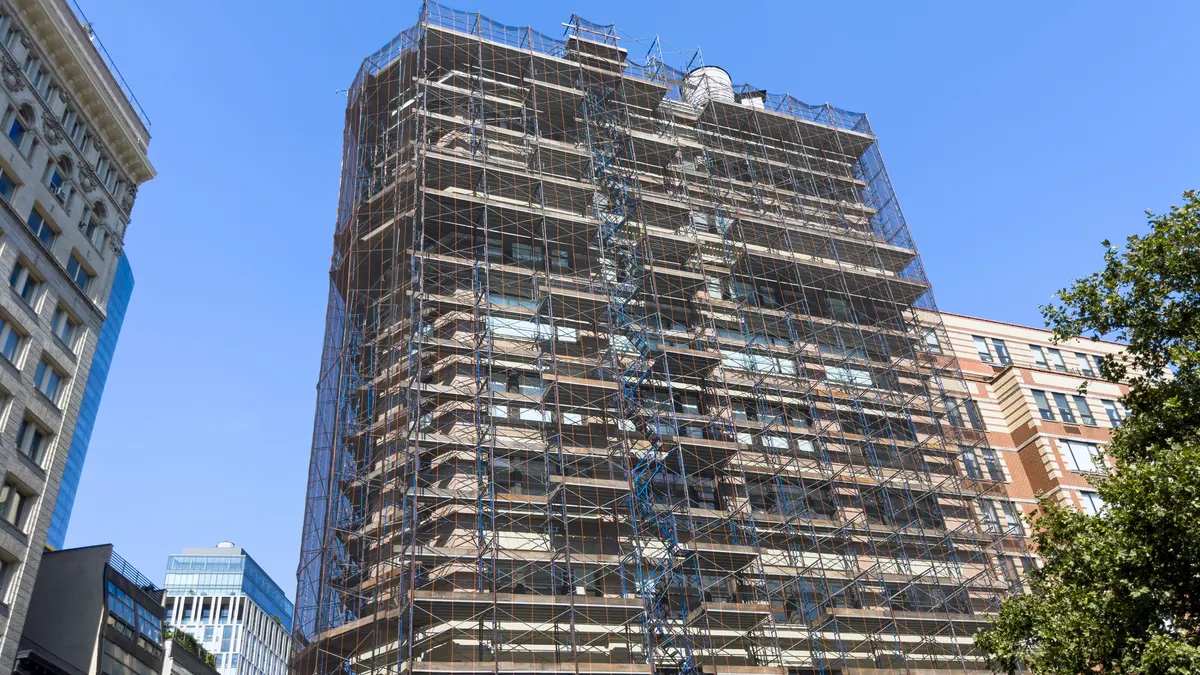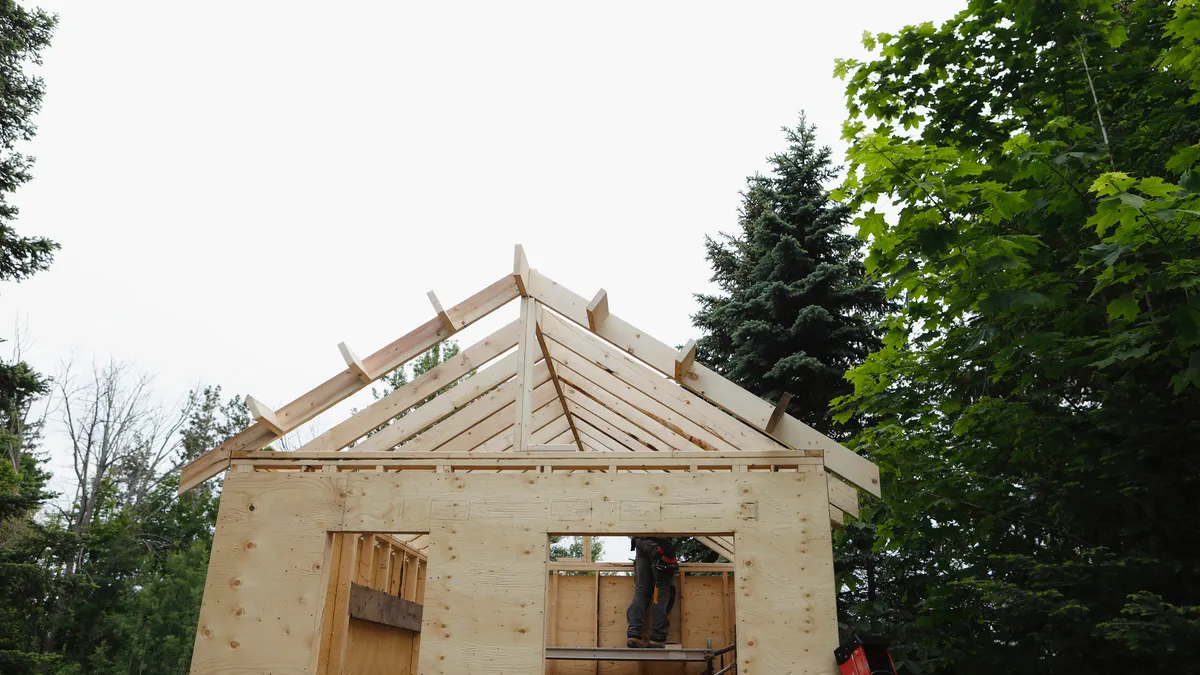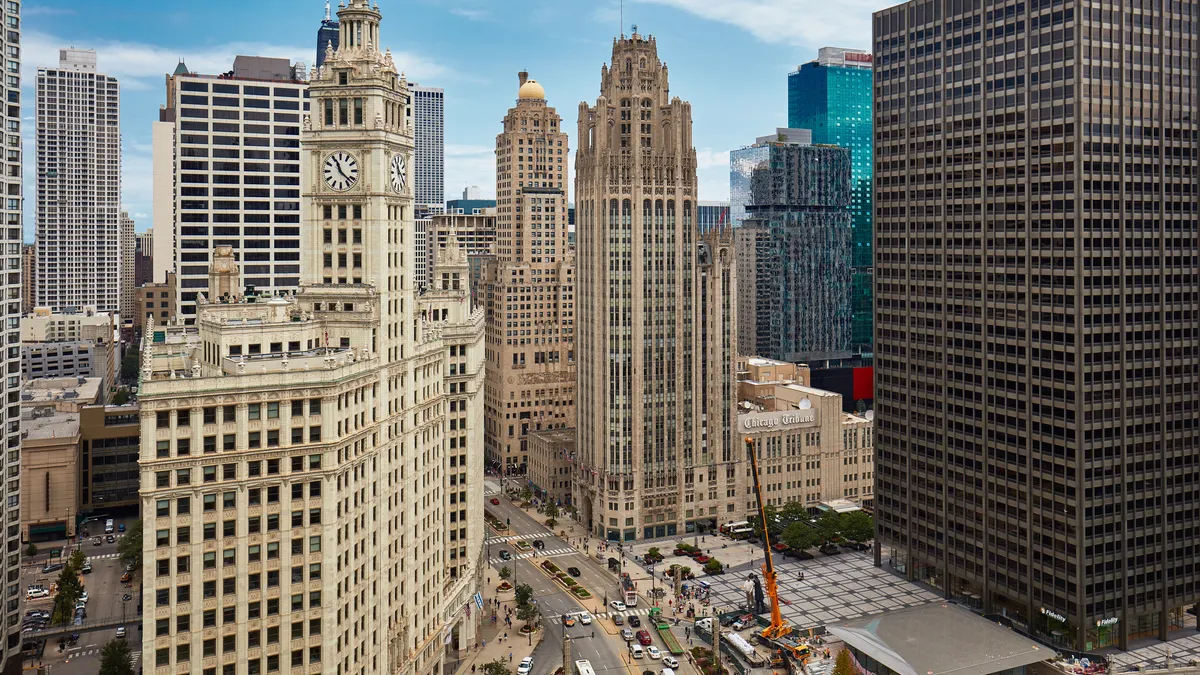The single-family build-to-rent sector is experiencing a boom, with new unit supply hitting record highs in 2022, according to data from Yardi Matrix. More than 25,000 new units were under construction across the country in August, and 2022’s deliveries are expected to rise above previous years.
Like the broader multifamily market, rent growth in build-to-rent has slowed in recent months. However, with market difficulties and rising interest rates buffeting potential home buyers, Bryan Moore, CEO and president of McKinney, Texas-based DBA Architects, which has over 4,000 new single-family build-to-rent units underway across the country, foresees strong demand for this product type for some time to come.
“Everybody is really focused on the single-family for-rent product,” Moore told Multifamily Dive. “The younger generation wants to get into a home. That’s really where the trend is.”
Here, Moore talks with Multifamily Dive about obstacles to buying, the influence of the COVID-19 pandemic and surplus home builder inventory on the market.
This interview has been edited for brevity and clarity.
MULTIFAMILY DIVE: How did your firm become involved in single-family rentals?
BRYAN MOORE: When we started the firm in 1989, all we did was single family. As we got further along, we progressed into multifamily, and now, the way I describe it, we do everything with a bed except prisons. Single family, military housing, student housing, market-rate apartments, independent living, assisted living, hospitals and hotels. Single-family build-to-rent was just kind of a natural fit for us.

It started taking hold during the pandemic because people were spending so much time at home. Renters said, “Hey, I want a single-family residence. I want someplace for my dog, I want a car and a garage where I can park my car.”
Why do you believe the younger generation’s home preferences have shifted from owning to renting?
A lot of it is the market, with interest rates — and not only interest rates. Six months ago or a year ago it was because they literally could not find any product to buy. You would go out and you would find a home that was in your price range, and then you had to get into a bidding war to buy it. And you got outbid, so you didn't get it.
Then it kind of got down to where if you were in the position where you were in the winning bid, banks were requiring so much for a conventional loan if you didn't qualify for an FHA loan. You literally had to come up with a 25% to 30% down payment.
Although the younger generation had great jobs paying great money, they just didn't have the savings to put down the down payment. Now it's kind of morphed into, with interest rates the way they are, and the banking regulations where they are, they just can't afford a house now. But they're tired of living in an apartment. They want a single-family residence. So the single-family for-rent market has really benefited from all those market factors.
Some home builders such as Lennar are providing unsold inventory to build-to-rent operators. How do you believe this will affect the single-family rental market?
That's happening a lot. Single-family permits are down to almost, not historic lows, but down from where we were in 2019 and 2020. They're way off. So with the single-family for-rent market taking hold, there's a lot of these single-family tract home builders that are shifting to taking their product to single family for rent.
But a lot of those neighborhoods were not built or designed for your typical single family for rent, they don't have the type of amenities. They'll be able to rent them, that's not the problem. But it's going to be difficult on a price per square foot basis to get the kind of numbers they’re expecting.
What are prospective renters expecting from their homes? What are they getting here that they aren't getting in home purchases?
Well, they get an amenity package that's just like a typical high-density building. You still have the amenity center, the fitness center, the resort-style pool — all those kinds of things that you would have in a traditional multifamily project. But then you have your private residence, your own private address, your own private, you know, and they pick up your trash every morning, or two times a week, just like if you were living in a single-family home.
The amenity centers that we were talking about earlier, they have the FedEx Office-style business center, and we’re putting micro marts in each one. If you come home and you realize you don't have enough milk to make cereal, you just run down to the amenity center and swipe your card, and there's a gallon of milk, those kinds of things — like in high-end multifamily.
The amenity centers are just totally blown out. It's almost like an arms race. Every time you turn around, they're saying, “Hey, let's put cold storage in so that Uber can deliver your Christmas turkey and put it in cold storage for you.” So there’s those things that you have in a single-family build-to-rent neighborhood that you wouldn't have in just a typical single-family neighborhood.



